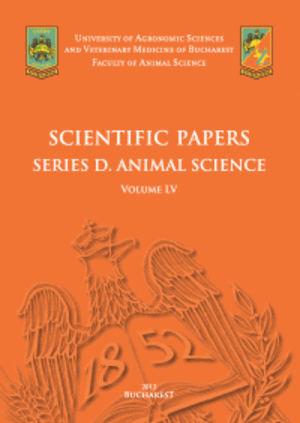Published in Scientific Papers. Series "Management, Economic Engineering in Agriculture and rural development", Vol. 25 ISSUE 2
Written by Silvia CHIOREAN, Tudor SĂLĂGEAN, Ioana Delia POP, Florica MATEI, Jutka-Eva DEAK, Mircea-Emil NAP, Camelia Raluca COTU
This paper examines Romania's agricultural land market by creating a comprehensive database of land sale offers. The database aggregates essential information, including location, pricing, and land characteristics, collected from Ministry of Agriculture and Rural Development for diverse regions of the country, providing a foundation to analyze land market in the year 2024. The study applies statistical methods such as: descriptive statistics, including histogram and scatterplot representation, as well as correlation exploration, to uncover the main aspects in pricing, regional disparities, and market behaviors. These insights illuminate both the challenges and opportunities within Romania's agricultural land sector. To complement the statistical analysis, Geographic Information System (GIS) tools are employed to provide a spatial perspective on land sale distributions. GIS mapping visually represents geographic trends, identifying regions of high and low activity and enhancing the understanding of spatial patterns in land transactions. By integrating statistical and GIS analyses, the paper offers a comprehensive view of the market, delivering valuable insights for policymakers, investors, and stakeholders interested in navigating and optimizing the agricultural land market in Romania. The analysis of Romania’s agricultural land market reveals notable regional disparities in both parcel sizes and offer prices. While there is a moderately strong positive correlation between parcel size and total offer price, the results indicate that other factors—such as location, accessibility, and land use—have a greater influence on land value. Spatial and statistical findings emphasize the importance of these factors in shaping market dynamics and highlight the need for region-specific investment strategies and land management policies to support sustainable market development.
[Read full article] [Citation]
CHIOREAN S., SALAGEAN T., POP I.D., MATEI F., DEAK J.E., NAP M.E., COTU C.R. 2025, EXPLORING THE SPATIAL, TECHNICAL AND ECONOMICAL FEATURES OF AGRICULTURAL LAND MARKET IN ROMANIA IN THE YEAR 2024 . Scientific Papers. Series "Management, Economic Engineering in Agriculture and rural development", Vol. 25 ISSUE 2, PRINT ISSN 2284-7995, 151-164.


 Next Issue will be published according the the calendar.
Next Issue will be published according the the calendar.



